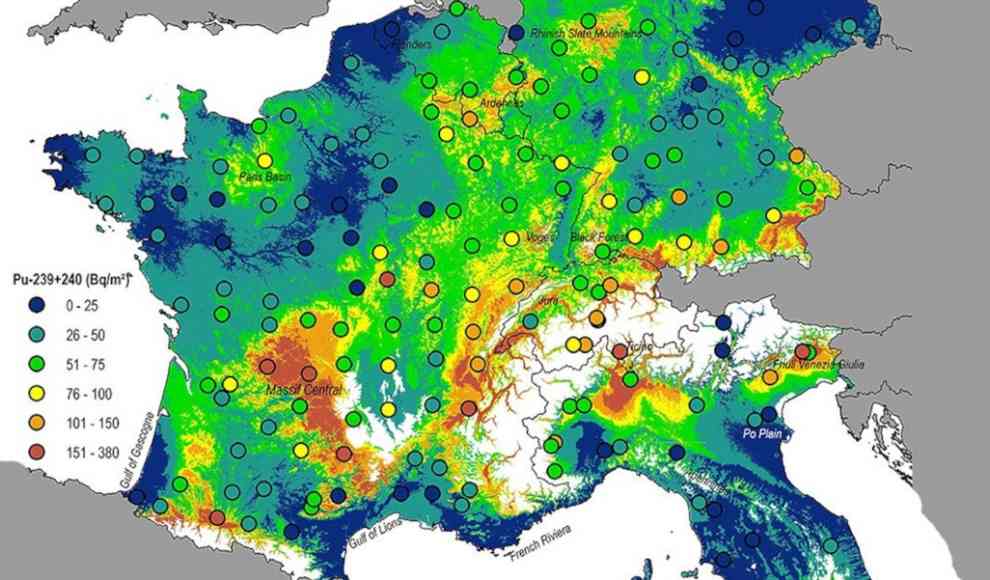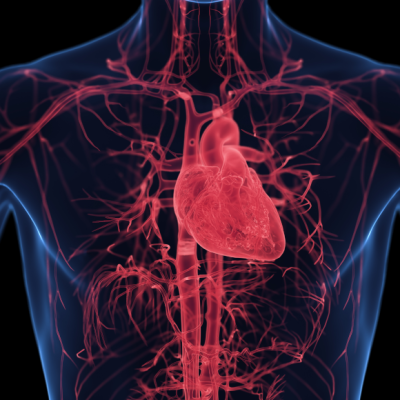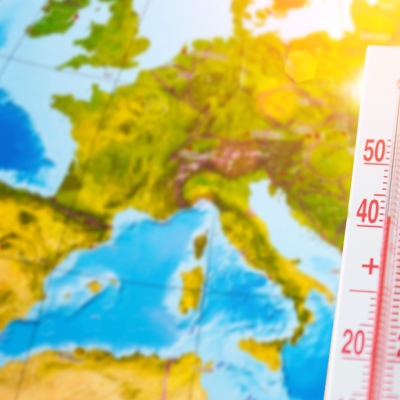A new map has been released that highlights the contamination of Europe by radioactive elements. The map was created by analyzing soil samples and identifying the source of the radionuclides. Fallout from nuclear weapons tests conducted by the US and Soviet Union between 1945 and 1960 can be found in many regions of the world. Radioactive C-14 isotopes have even made their way into the depths of the Mariana Trench through the food chain. In Europe, remnants of the Chernobyl nuclear disaster in 1986 can still be found today, with its released radionuclides reaching as far as Northern Europe through the wind. The new map, created by the Swiss Federal Institute for Forest, Snow and Landscape Research (WSL) and the University of Basel, shows which regions in Europe are particularly contaminated with radioactive elements.
The map is based on 160 soil samples taken from grassland regions that have remained largely unchanged since 1960. The research, published in the journal Scientific Reports, shows the contamination of the continent with the radioactive isotopes cesium-137, plutonium-239, and plutonium-240 in greater detail than ever before. The analysis of the soil samples also allows for conclusions to be drawn about the origin of the radionuclides. The contamination of European topsoil with plutonium averages 0.32 becquerels per square meter, with some hotspots in the Paris Basin, Flanders, and East Germany. The highest value of 616 becquerels per square meter was found in the mountains.
The contamination of Europe with cesium-137 from the Chernobyl nuclear disaster averages 20.6 becquerels per square meter, with a clear trend towards increasing values towards the east. The map will serve as a reference value for future studies and can be used to determine the new contamination levels in the event of another nuclear disaster. It also provides a database for geomorphological studies.
Overall, the map provides a detailed picture of the contamination of Europe with radioactive elements and will be a valuable tool for future research and disaster response.










